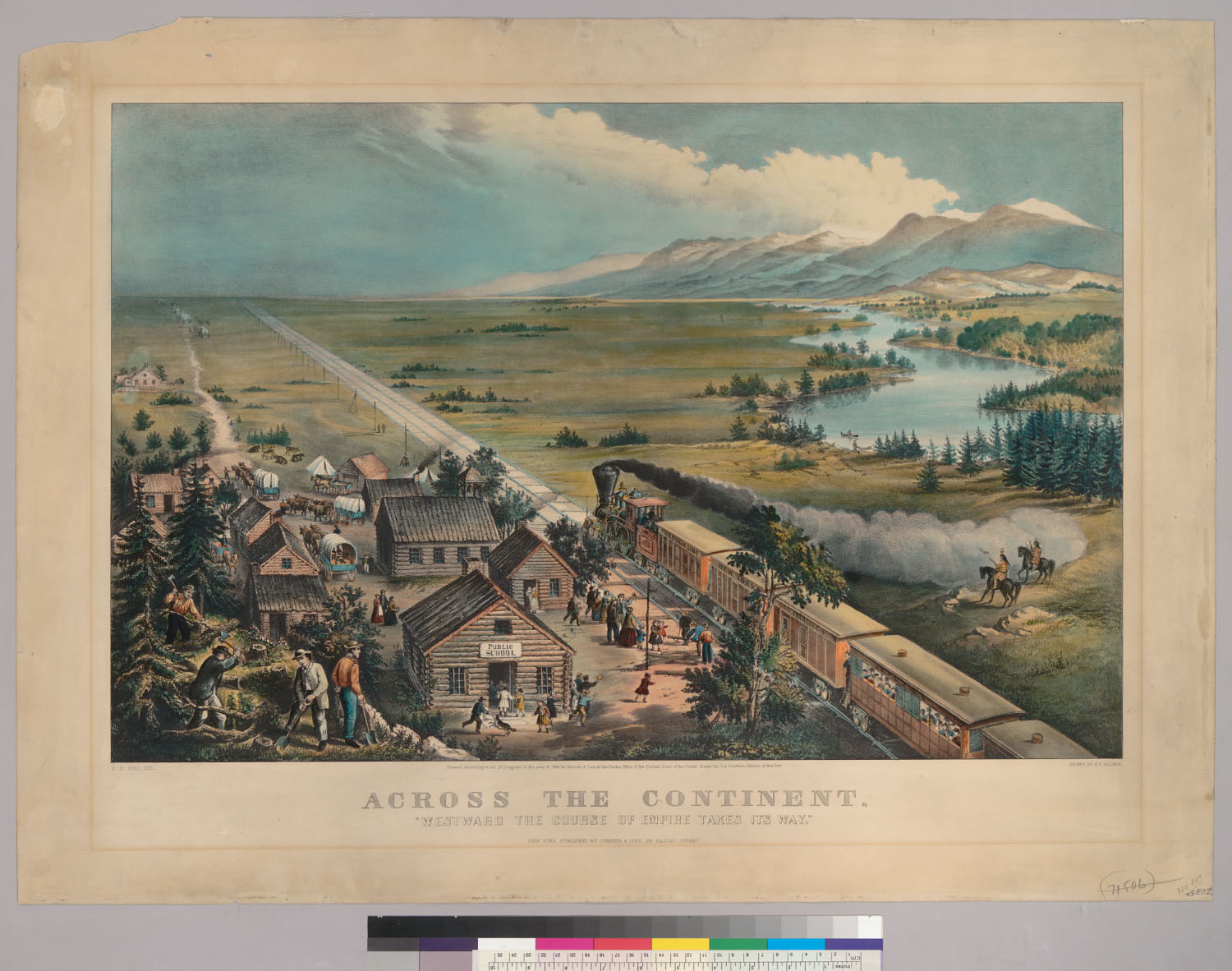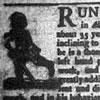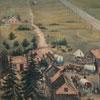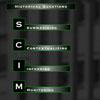Primary sources are materials directly related to the past by time or participation – things created in the past by people living at the time. The category “primary source” includes photographs, prints, paintings, government documents, advertisements, religious symbols, musical recordings, speeches by politicians, films, letters (by ordinary as well as by famous people), newspaper articles, sermons, and material culture such as pottery, furniture, or tools.
Historians use primary sources to develop convincing arguments about historical questions, such as how and why thousands of Americans moved westward in the 19th century. Examine this lithograph, drawn by artist Fanny Palmer and distributed widely in the eastern United States in the late 19th century. What kind of image of westward expansion does this lithograph portray?
Primary sources require you to be the historian, to investigate the past, interpret materials, and make sense out of the historical record. They provide the opportunity to engage directly with the past, and to try to sort out what happened and why. Working with primary sources, however, is not easy. Evidence from the past represents individual experiences as well as social exchanges, and its meaning is rarely obvious at first glance. Primary sources are often incomplete, but they are invaluable because they offer an exciting opportunity to engage directly with the thoughts, ideas, and materials from a particular time period. They illustrate how complex the past can be, challenging you to grapple with uncertainties and to create your own historical arguments.
Examining this lithograph alongside other sources, such as letters and diaries from settlers in the West, newspaper articles, and official documents, it becomes clear that the lithograph glosses over many hardships of frontier life, and was one of many idyllic images produced in the eastern United States that might have served to encourage westward migration.
Source: Palmer, F. (artist) and J.M. Ives (lithographer). “Across the Continent: ‘Westward the course of empire takes its way.’” Lithograph, hand colored. New York: Currier & Ives, 1868. From UC Berkeley, Bancroft Library, Framed items from the collections of The Bancroft Library (accessed November 28, 2011).












